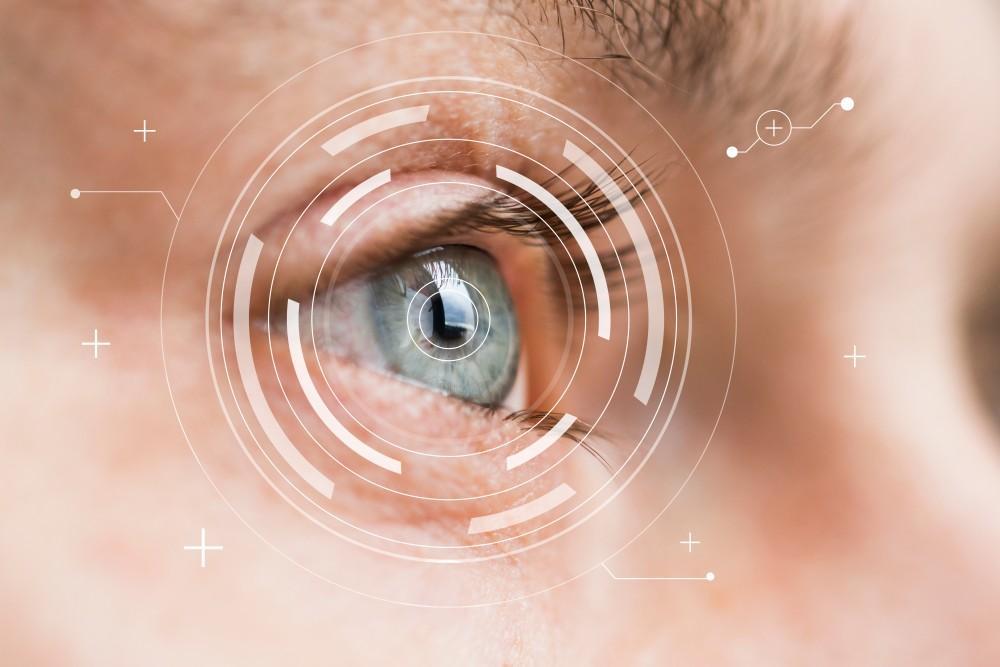
Having Trouble Seeing at Night? It Could Be Your Corneas

Night vision isn’t a strong natural ability for humans, particularly when compared with some other animals. Our physiology developed as creatures of light, and our eyesight reflects that. The eyes of animals that are active at night operate differently.
Having trouble seeing at night is a common problem for older Americans. Natural eye changes related to aging can reduce the performance of night vision. A few situations unrelated to aging also can create issues with nighttime and low-light conditions.
Some of these problems originate with the cornea, the clear outer coating of your eyes. Cornea specialist Dr. Stephen Khachikian, an ophthalmologist in Rapid City, South Dakota, can help with diagnosis and treatment, preserving as much of your night vision as possible.
How your eyes work at night
The iris is the main light regulator of the eye, opening wider to collect more light in dark conditions. This light falls on the retina, which has two types of cells that perceive light. Cones create color vision in bright light, but they’re not as sensitive to light intensity. Rods are much more sensitive in darkness, though they won’t pass on much color information.
When trouble starts
One of the most common night vision issues is an increase in glare around light sources when it’s dark. When you’re driving, for example, headlights of oncoming cars may seem to have halos extending beyond the diameter of the lights. Street lamps may show pronounced streaks.
This could be the result of several eye conditions, including diabetic retinopathy, cataracts, or nutritional deficiencies. It could also be a sign of damage or disease to the corneas.
The cornea is the first part of the eye to bend light into focus. In fact, most of the focusing power of your eyes comes from the cornea, but when the cornea is healthy this is a fixed curve, so its refractive power is constant. The lens provides the fine-tuning of focus as you switch between near and far objects. The lens constantly alters shape as needed to keep your central vision sharp.
Conditions that affect the cornea
Injury to the surface of the eye can create scar tissue that affects the refractive effects of the cornea, leading to issues with night vision. Injuries can come in the form of trauma or problems with contact lens use. If you’ve had refractive surgery, a side effect of some procedures is an increase in halos and glare in night vision.
Disease can also affect the shape of the cornea. Keratoconus makes the regular curve of the cornea steeper and cone-like. Fuchs' endothelial dystrophy results in the swelling of the innermost layer of the cornea, resulting in an altered refraction level of the cornea.
Regardless of the cause of your cornea-related night vision trouble, there are plenty of treatments that can help. The first step is a consultation with Dr. Khachikian for an examination and diagnosis. You can reach his office by phone or online to schedule your visit today.
You Might Also Enjoy...


I’m Not a LASIK Candidate. What About PRK?

Telltale Signs Your Eye Problem Is a Cornea Issue

Why Are Cataracts Common In Seniors?

Can You Prevent Keratoconus From Getting Worse?


